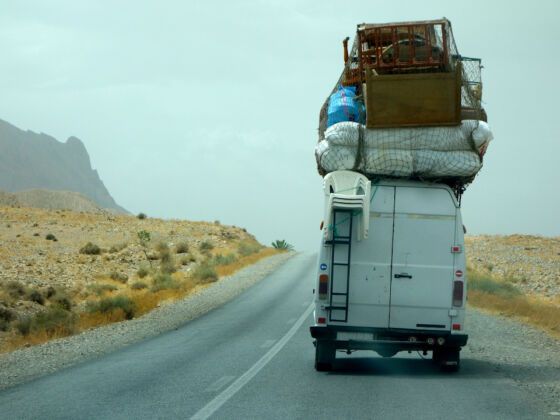SO, YOU’RE GOING CAMPING IN THE DESERT with fifty thousand of your closest friends. It turns out that a week’s worth of food and water, plus camping equipment and clothing for conditions from near freezing to 100 degrees Fahrenheit, makes a really big pile of stuff. Looks like the poles for your oxygen bar/DJ booth/stripper pole are going to have to go on the outside of your Ford Fiesta. Or maybe you’re just trying to figure out how to get your bicycles and shade structure tied to your car.
A poorly secured load can mean lost supplies, present a danger to other drivers and is also a ticketable offense in many places. A few simple precautions can make certain that you and all your supplies arrive intact.
